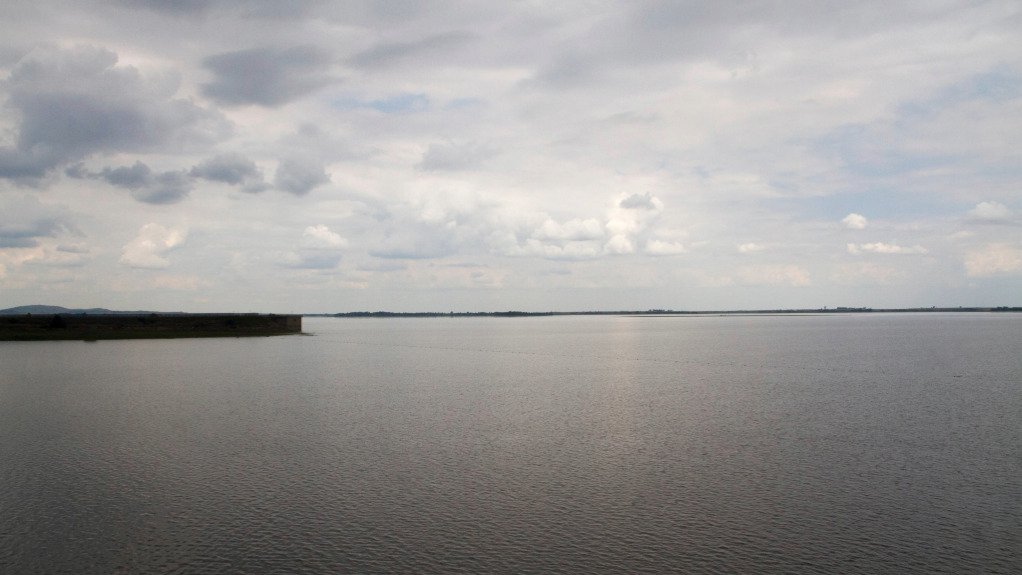
South Africa’s Dam Levels Surge Amidst Above-Normal Rainfall: A Glimmer of Hope for Water Security
As the country continues to experience above-normal rainfall, South Africa’s dam levels have seen a significant increase, providing much-needed relief in a region that has faced chronic droughts and water shortages in recent years. This surge in water levels has brought optimism to local communities, as it signals a possible shift towards improved water security across the nation.
Since the beginning of the rainy season, South Africa has received rainfall far exceeding average levels, particularly in key water catchment areas. Provinces such as the Western Cape, Gauteng, and KwaZulu-Natal have experienced consistent downpours, contributing to the replenishment of major dams. The boost in water reserves is a welcomed change after years of severe droughts, which had severely strained the country’s water resources.
According to the Department of Water and Sanitation, the national average dam levels have now risen to over 70%, a significant improvement from previous years. While this increase in levels is encouraging, experts urge caution, emphasizing that water conservation efforts must remain in place to ensure long-term sustainability.
The increase in rainfall has particularly benefited several important dams, including the Gariep Dam, the Vanderkloof Dam, and the Pongolapoort Dam. These dams play a critical role in providing water to various regions and ensuring agricultural and domestic water supplies.
The Gariep Dam, located on the Orange River, has seen a rise in its water levels, which is crucial for the northern and central parts of the country. Similarly, the Vanderkloof Dam, one of South Africa’s largest, is now at a much healthier level, allowing for improved water distribution to surrounding areas. In KwaZulu-Natal, the Pongolapoort Dam’s levels have climbed steadily, providing vital support to the province’s water needs.
The agricultural sector, one of South Africa’s economic pillars, stands to benefit immensely from the increase in dam levels. Water is a critical resource for farmers, especially in a country where crop yields are often subject to the whims of the weather. With more water available for irrigation, farmers can expect better yields in both crop production and livestock farming.
The improved water supply is especially important for the Eastern Cape and Limpopo regions, where dry conditions have plagued the farming industry in recent years. Increased rainfall in these areas offers hope for a strong harvest season, potentially boosting local economies and alleviating food security concerns.
For urban areas, the increase in dam levels is also a significant development. Cities such as Cape Town, Johannesburg, and Pretoria rely heavily on dams for their potable water supply. The rise in water levels ensures a more reliable supply for the millions of people residing in these areas, reducing the risk of water restrictions in the coming months.
Additionally, South Africa’s reliance on hydroelectric power has benefited from the increased water levels. Hydropower stations, such as those at the Gariep and Vanderkloof Dams, are capable of generating much-needed electricity, supporting the country’s energy grid. This improvement in water availability helps to balance the demand for electricity and ease pressure on thermal power stations, which have been operating at near capacity due to ongoing energy challenges.
Despite the positive outlook, experts stress the importance of continuing water conservation efforts, particularly in urban centers where demand remains high. Although current conditions are favorable, South Africa’s climate remains unpredictable, and there is no guarantee that above-average rainfall will continue in the long term.
The government has also emphasized the need for ongoing investment in water infrastructure, including the repair and maintenance of existing dams and the development of new water storage projects. By enhancing water management practices, the country can better prepare for future droughts and ensure long-term water availability.
South Africa’s changing climate poses significant challenges to water resource management. Climate models suggest that the country will continue to experience extreme weather events, including droughts and floods, in the coming decades. This variability underscores the need for adaptive strategies that not only focus on responding to short-term weather patterns but also account for long-term environmental changes.
Water experts and climate scientists agree that a diversified approach is needed to safeguard water security in the face of an unpredictable climate. This includes better rainwater harvesting practices, the expansion of desalination plants, and improved groundwater management.
While South Africa’s dam levels are currently enjoying a boost due to above-normal rainfall, the country must remain vigilant in its water management strategies. The progress made in the last few months is encouraging, but it is critical for both the government and the public to continue prioritizing water conservation and infrastructure development. In doing so, South Africa can work towards ensuring that its water resources remain sustainable for future generations, regardless of the challenges posed by climate change.

